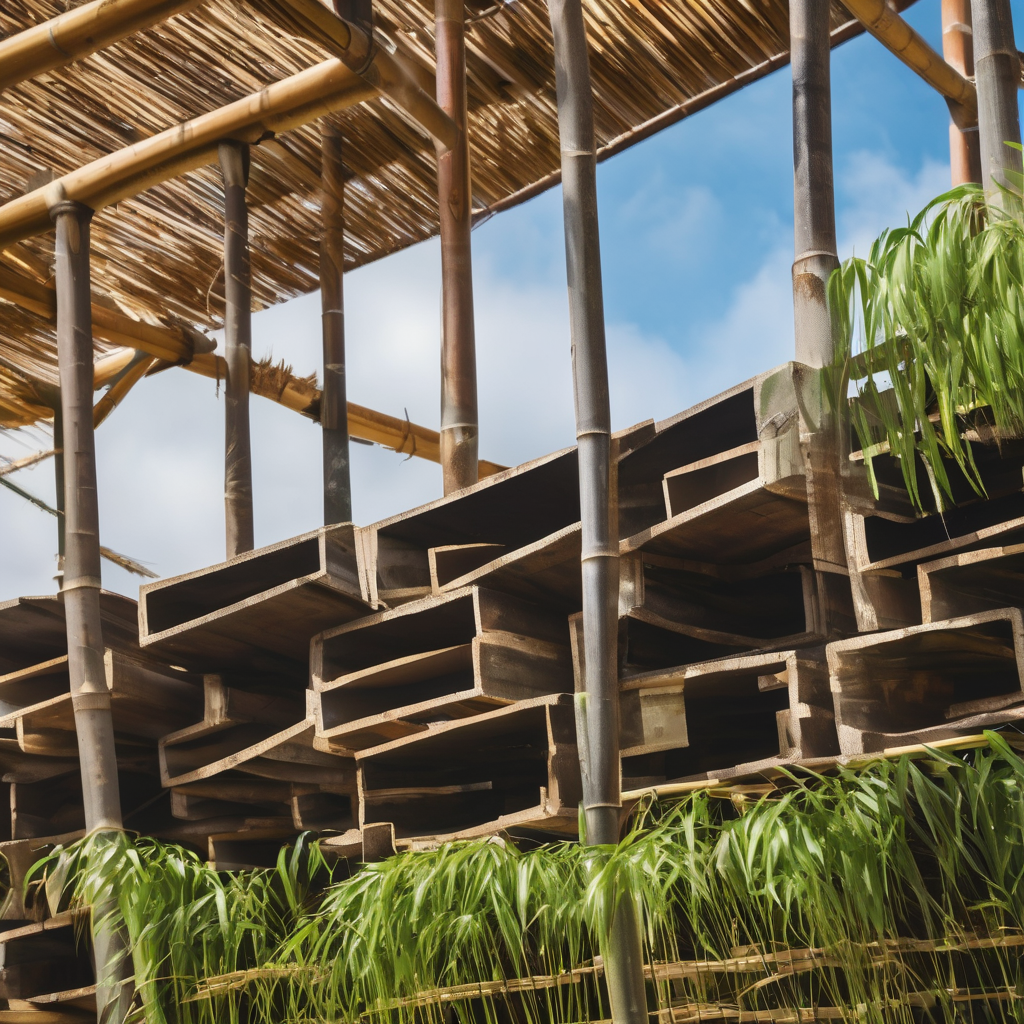During the recent Fiji Architecture Conference and Construction Industry Council trade show, Member of Parliament Manoa Kamikamica highlighted the significance of architecture and construction as vital expressions of Fiji’s culture and identity. He emphasized that the structures in the country narrate the story of societal values, bridging traditional designs that foster communal living with modern concepts centered on sustainability and innovation.
Kamikamica urged the importance of creating spaces that not only elevate communities but also inspire future generations. He also pointed out the necessity of reviewing Fiji’s building code to enhance the construction industry and ensure its ongoing success.
This concern was echoed by industry leaders, including architect Ashok Balgovind, who addressed a pressing issue of termite infestations impacting structures throughout Fiji. Balgovind, managing director of Ashok Balgovind and Associates, brought attention to the financial burdens stemming from untreated timber, which has caused significant damage in residential and commercial properties. He advocated for a transition to more sustainable materials, warning that continuing the use of untreated timber could lead to a critical crisis affecting both small households and larger enterprises.
Balgovind emphasized the urgent need for tighter regulations governing construction materials, highlighting the dangers that untreated timber poses. He cited concerning instances of termite damage, including the demolition of a school due to severe infestations that incurred damages exceeding one million dollars.
The dialogue surrounding structural integrity resonates with broader discussions within the construction and engineering community about enhancing building standards in Fiji. Recent initiatives have called for stricter enforcement of regulations to ensure that construction materials, particularly steel, adhere to safety specifications, which are crucial given the country’s vulnerability to seismic activity. Optimistically, industry stakeholders anticipate that the government will take action to address these regulatory challenges, fostering a safer and more resilient built environment across Fiji.
Additionally, the integration of alternative building materials, such as Fijian-grown bamboo, is emerging as a sustainable solution to the dual challenges of rising housing costs and climatic adversities like cyclones. Several initiatives are exploring bamboo’s potential in construction, recognizing its capabilities in providing affordable and durable housing. This movement represents a significant evolution in how Fiji addresses its housing requirements, while simultaneously promising to enhance economic opportunities and job creation in the sector.
As Fiji confronts these challenges and opportunities, the collaborative efforts of the government, professionals, and industry stakeholders demonstrate a commitment to developing a robust construction industry that can endure future challenges while uplifting communities and strengthening the nation’s resilience. This optimistic outlook bodes well for Fiji as it seeks to create a sustainable and thriving built environment for its people.
